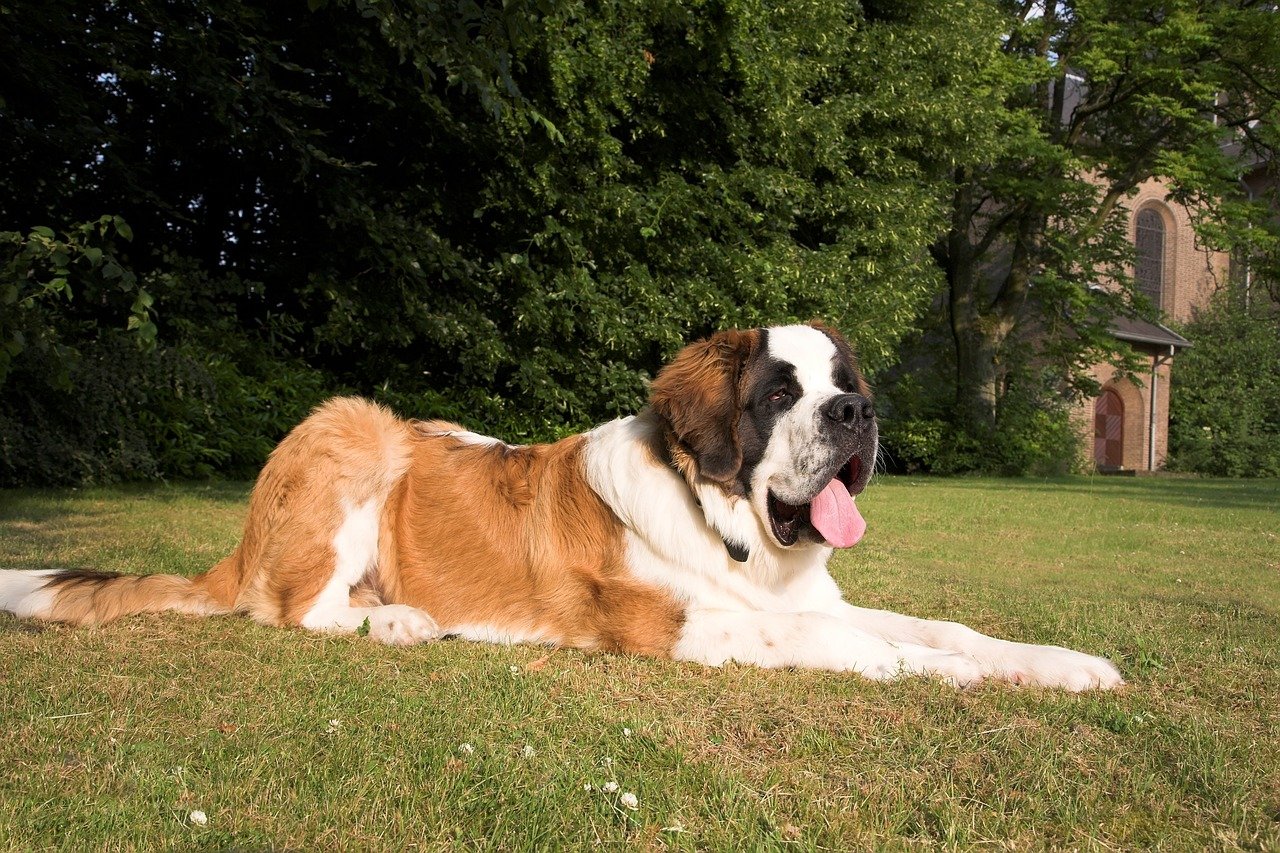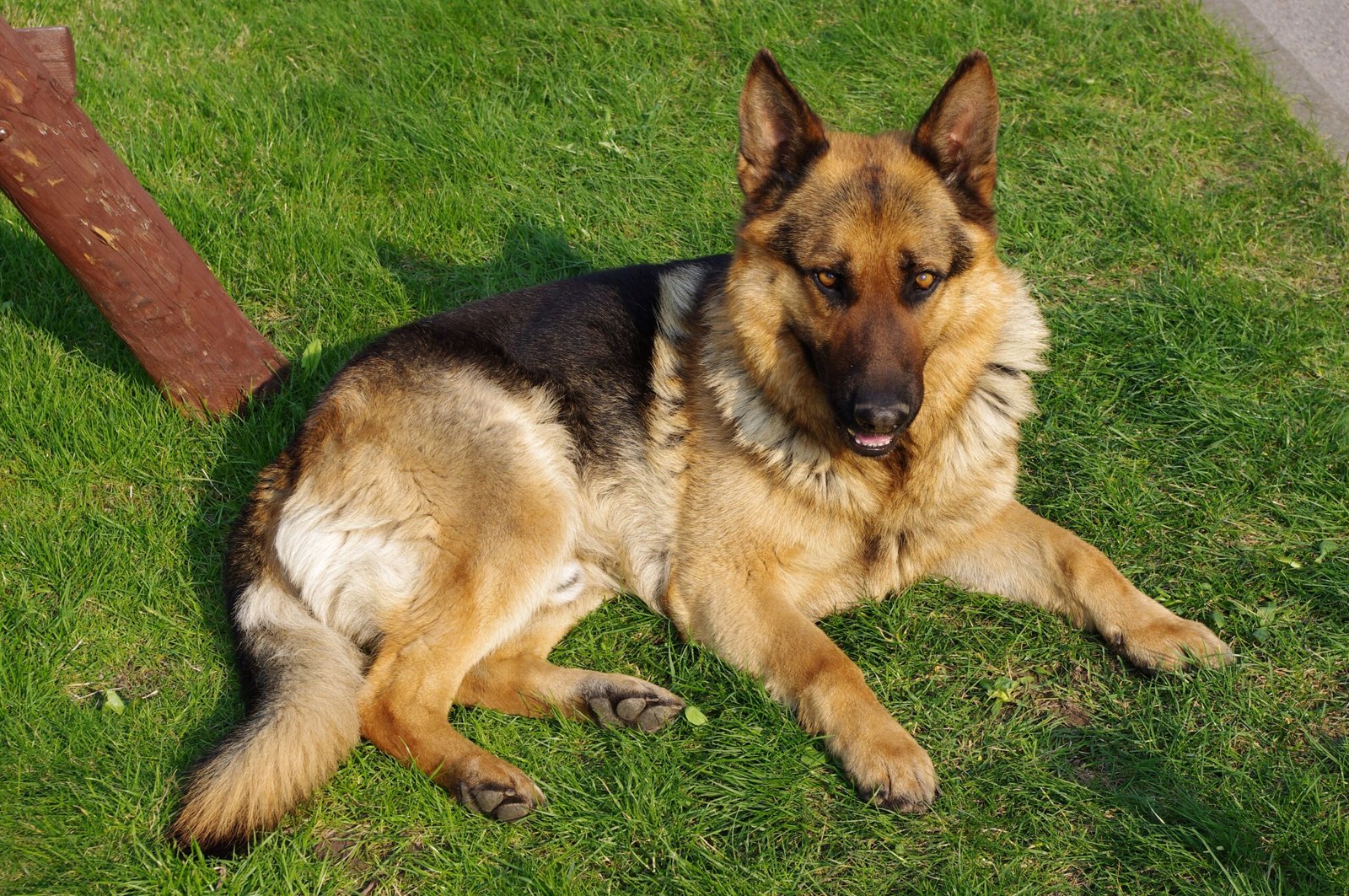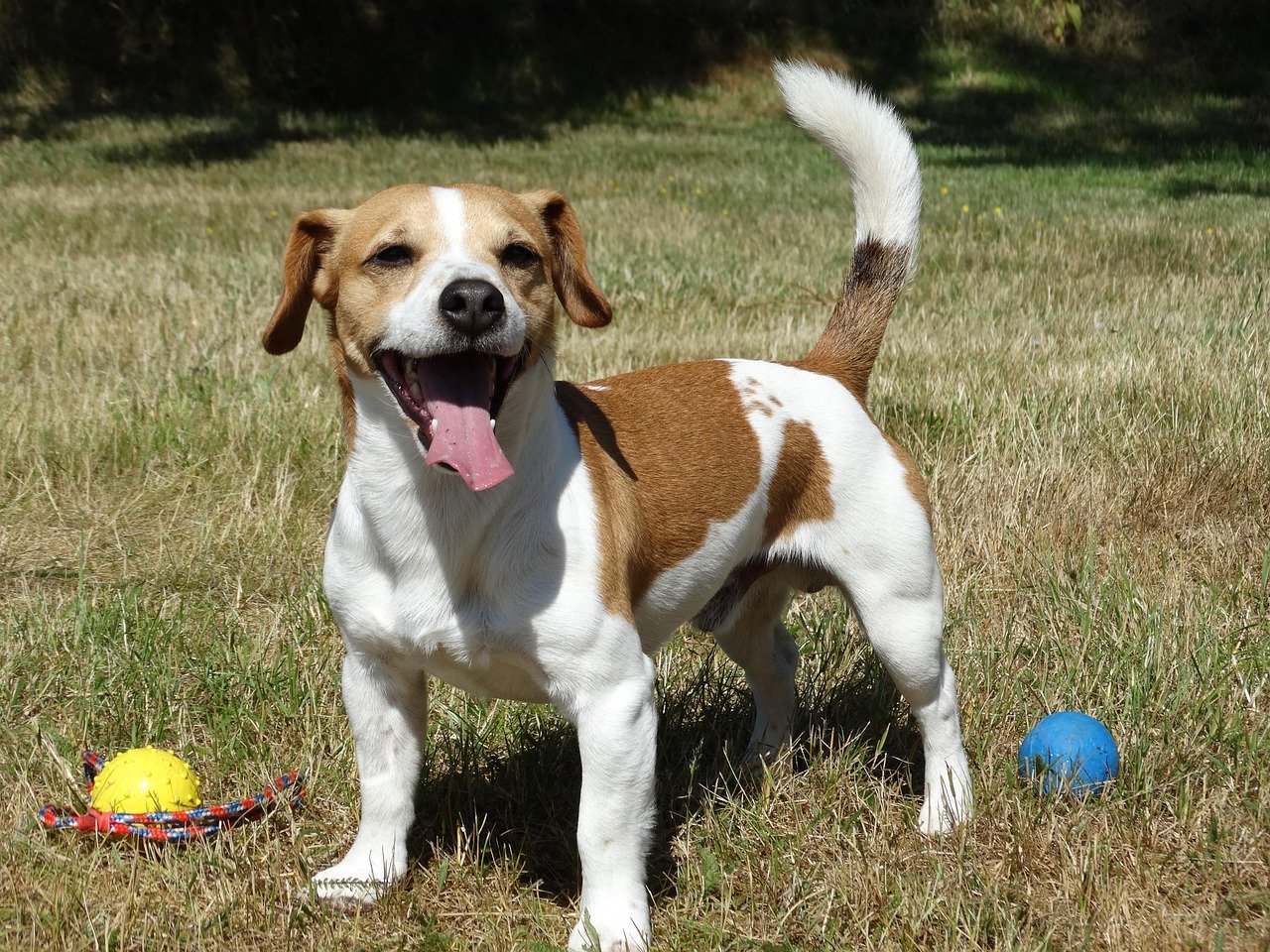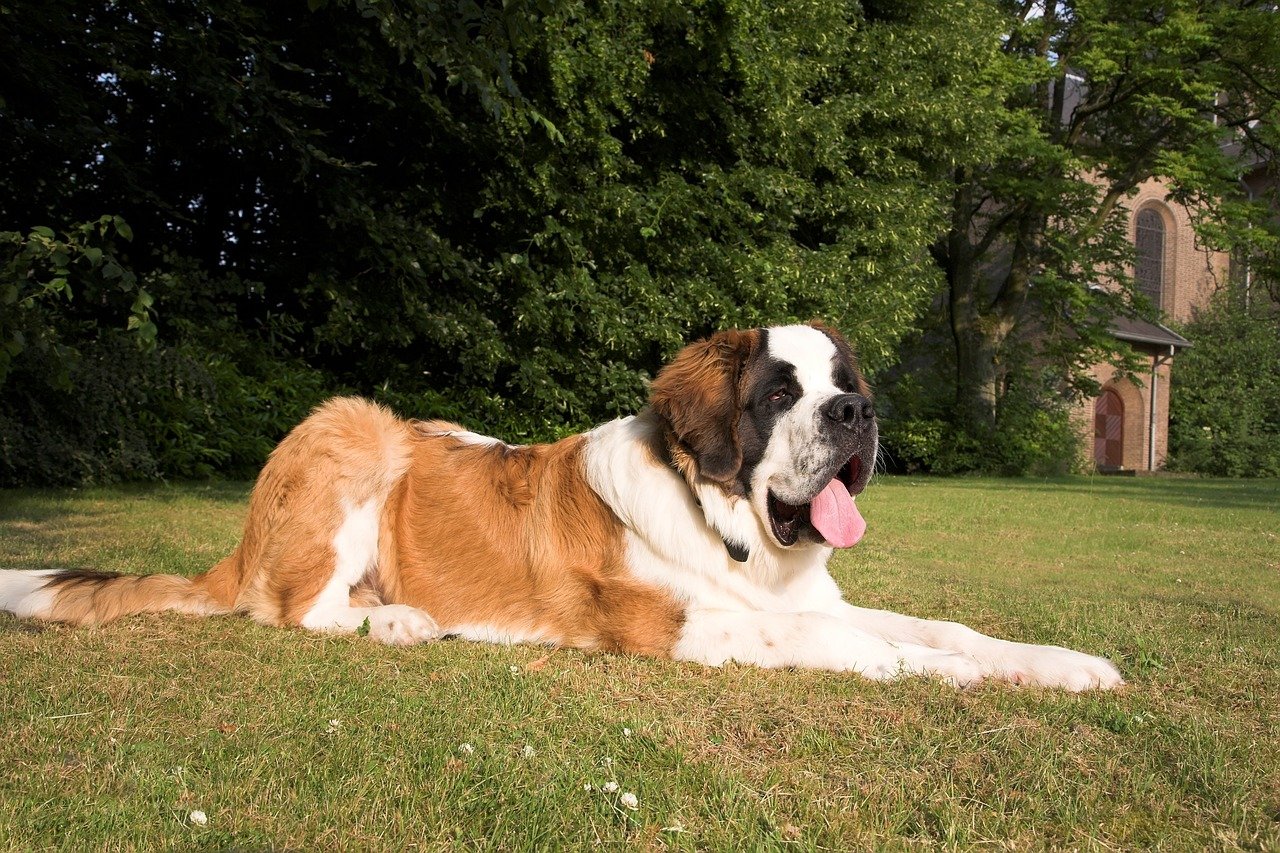Living in an apartment has its unique set of challenges, especially when you’re a dog lover eager to share your cozy space with a furry friend. While dogs bring joy, companionship, and a sense of security, not all breeds adapt well to the constraints of apartment living. Some dogs need more space to roam, bark excessively, or require more exercise than an apartment dweller can easily provide. As a potential dog owner, it’s crucial to research and understand which breeds might not be the ideal match for your living situation. So, let’s explore the ten dog breeds that might pose a challenge for apartment living.
1. Siberian Husky
Siberian Huskies are known for their stunning appearance and energetic nature. These dogs were bred for pulling sleds in harsh climates, which means they have a lot of energy to expend. Living in an apartment can be quite confining for a Husky, as they require ample space to run and play. Without sufficient exercise, they can become destructive and develop behavioral problems.
Additionally, Huskies are known for their vocal nature. They love to howl and can be quite loud, which might not be ideal for close-knit apartment communities. Their independent spirit also means they can be challenging to train, requiring a dedicated owner willing to spend time on consistent training and socialization. If you’re considering a Husky for apartment living, be prepared for the commitment it entails.
2. Dalmatian
Dalmatians are often remembered for their striking spotted coats and roles in popular films. However, they are not always the best choice for apartment dwellers. These dogs are highly energetic and need a lot of physical activity to stay happy and healthy. Without adequate exercise, Dalmatians can become restless and develop destructive habits.
Moreover, Dalmatians are known for their strong personalities. They can be stubborn and require firm, consistent training. Living in an apartment can amplify these challenges, as they may not have enough space to release their pent-up energy. If you’re drawn to Dalmatians, ensure you have the time and resources to meet their demanding exercise and training needs.
3. Border Collie
Border Collies are revered for their intelligence and work ethic, often excelling in agility and obedience competitions. Bred to herd sheep, they have an innate need to be active and engaged. Apartment living can be limiting for Border Collies, as they require constant mental and physical stimulation to prevent boredom.
Their intelligence can be a double-edged sword in an apartment setting. Without enough tasks or challenges, they might resort to creating their own entertainment, which can lead to mischief. Border Collies thrive in environments where they have a job to do, making them more suited to homes with large yards or active owners who can dedicate time to their needs.
4. Saint Bernard

Saint Bernards are gentle giants with a heart as big as their size. While their calm demeanor might seem suitable for apartment living, their sheer size can pose a problem. These dogs can weigh up to 180 pounds, making maneuvering in small spaces challenging for both the dog and the owner.
Beyond their size, Saint Bernards are known for their drooling and shedding, which can be cumbersome in a confined space. They require regular grooming and cleaning, which can be demanding for apartment dwellers. If you’re considering a Saint Bernard, it’s essential to ensure your living space can accommodate their size and grooming needs.
5. German Shepherd

German Shepherds are highly regarded for their intelligence, loyalty, and versatility. However, their high energy levels and need for mental stimulation can make apartment living challenging. These dogs excel in environments where they can be active participants, whether it’s through work, play, or training.
In an apartment, a German Shepherd might not get the exercise and engagement they need, leading to boredom and potential behavioral issues. They are also known to be vocal, which can cause disturbances in close living quarters. Before bringing a German Shepherd into an apartment, consider whether you can meet their physical and mental needs.
6. Jack Russell Terrier

Jack Russell Terriers are small but mighty, known for their lively and energetic nature. Despite their size, they require a significant amount of exercise and mental stimulation. In an apartment setting, Jack Russells might not have the space they need to burn off their energy, leading to restlessness and potential behavioral problems.
These terriers are also known for their strong prey drive and tendency to dig, which can be challenging in an apartment environment. They need consistent training and socialization to ensure they remain well-behaved. If you’re considering a Jack Russell Terrier, be prepared to invest time in their exercise and training needs.
7. Weimaraner

Weimaraners are elegant and athletic dogs, often referred to as “gray ghosts” due to their sleek, silver coats. They are known for their high energy levels and need for regular exercise. Apartment living can be restrictive for Weimaraners, as they require ample space to run and play.
These dogs are also known for their strong attachment to their owners, often experiencing separation anxiety if left alone for extended periods. In an apartment, this can lead to excessive barking or destructive behavior. If you’re drawn to Weimaraners, ensure you can provide the exercise and companionship they need.
8. Belgian Malinois
Belgian Malinois are highly intelligent and driven dogs, often used in police and military work. Their high energy levels and need for mental stimulation make them a challenging choice for apartment living. They thrive in environments where they have a job to do and can become restless without enough engagement.
In an apartment, a Belgian Malinois might not receive the exercise and mental challenges they need, leading to potential behavioral issues. These dogs require a dedicated owner willing to invest time in training and providing physical and mental activities. Before bringing a Malinois into an apartment, consider your ability to meet their demanding needs.
9. Akita

Akitas are known for their dignified and independent nature. While they can be calm indoors, their large size and strong protective instincts can make apartment living challenging. Akitas need regular exercise and socialization to prevent boredom and potential aggression.
These dogs are also known for their strong prey drive and tendency to be wary of strangers. In an apartment setting, this can lead to excessive barking or tension with neighbors. If you’re considering an Akita, ensure you have the time and resources to provide the exercise and socialization they need.
10. Boxer
Boxers are playful and affectionate dogs, often described as “clowns” due to their fun-loving nature. However, their high energy levels and need for regular exercise can make apartment living difficult. Without enough activity, Boxers can become restless and develop behavioral issues.
These dogs are also known for their strong attachment to their families, often experiencing separation anxiety if left alone for too long. In an apartment, this can lead to excessive barking or destructive behavior. If you’re considering a Boxer, ensure you can provide the exercise and companionship they require.
Each of these breeds has its unique qualities and challenges. While they may not be the best fit for apartment living, with the right commitment and resources, many dogs can adapt to various living situations. It’s essential to understand the specific needs of any breed you’re considering and ensure you can provide the necessary care and environment for a happy and healthy life together.

Born and bred in South Africa, a Capetonian at heart. Amy-Leigh’s love for nature and animals was inherited from her Dad. He loves taking the family on road trips to experience nature at its finest; Amy-Leigh’s favourite being whale watching in Hermanus and spotting Kudu along the West Coast. Amy-Leigh holds a BA in English Literature and Communication Studies.






